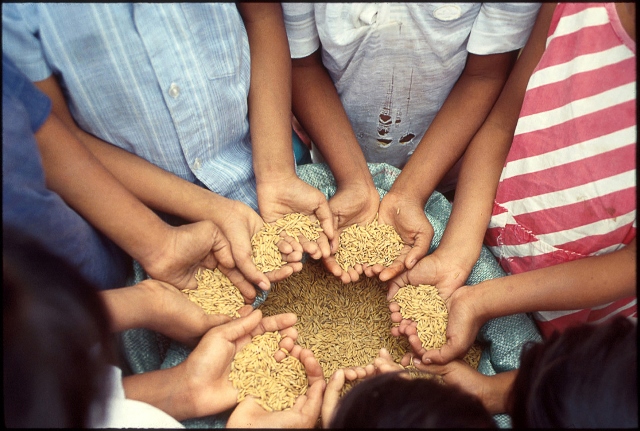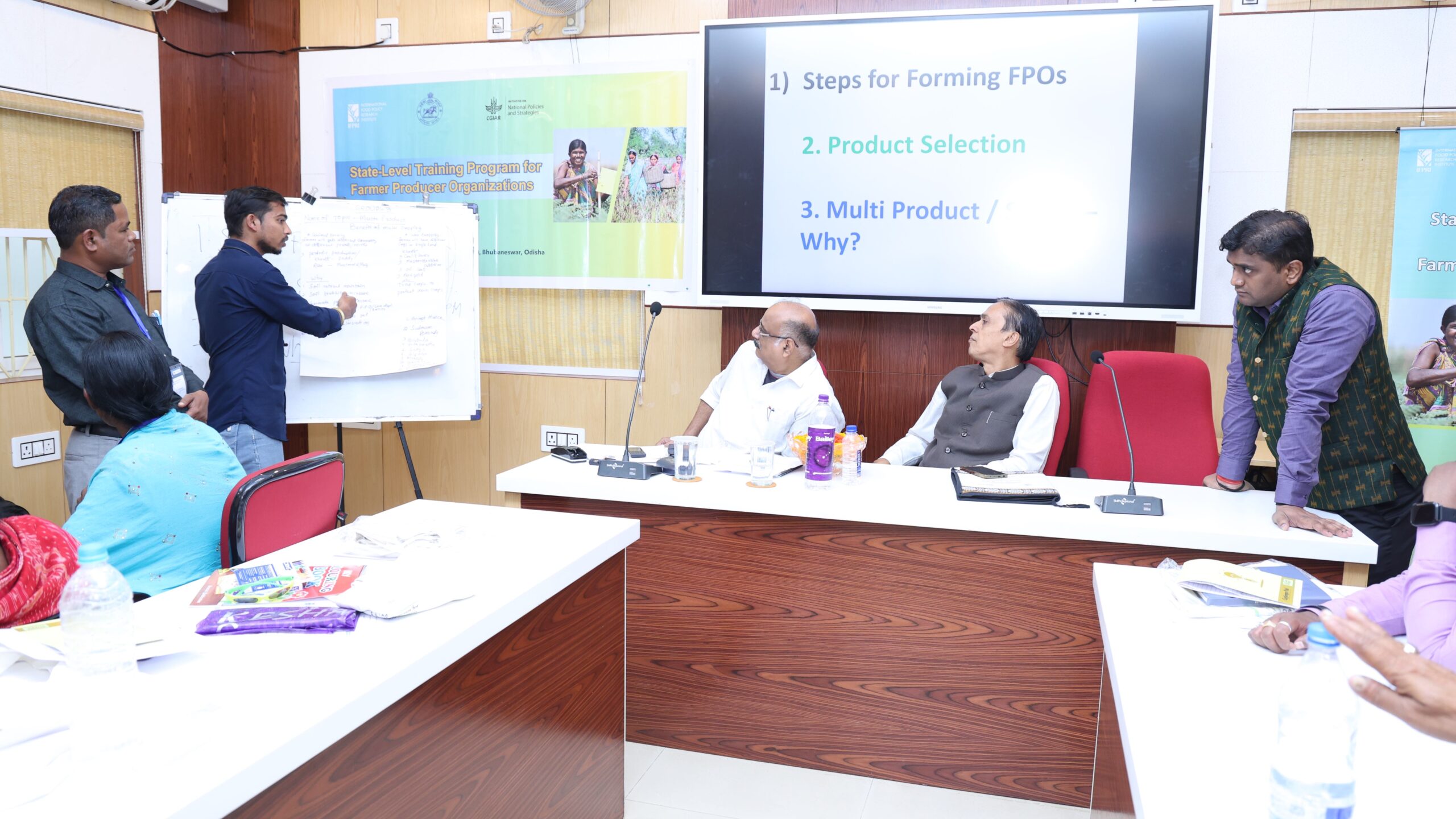The following post by HarvestPlus director Howarth Bouis is part of an ongoing series of blog stories celebrating IFPRI’s 40th anniversary. Each story authored by current and former IFPRI research staff highlights a key research topic through the years from the personal perspective of the researcher.
When I first joined IFPRI in 1982 as a post-doctoral fellow in the Food Consumption and Nutrition Division, energy (calorie) intakes were regarded as the key indicator for improvements in human nutrition. Back then, the conventional wisdom was that energy intakes improved rapidly with relatively small increases in income. The poor were hungry and, as their incomes increased, they bought greater amounts of food staples to satiate this hunger. I totally bought into this popular line of thinking at the time.
In 1984-85, Lawrence Haddad and I undertook surveys in Bukidnon in the southern Philippines, the results of which convinced us that such thinking was misguided. For the same 450 households, we collected data on food consumption/intake in two different ways: asking about food expenditures, which was the methodology typically used by economists; and a 24-hour recall on food intakes, which was a methodology used by nutritionists. Much to our surprise and initial dismay, the two methodologies presented completely different dietary patterns as household incomes increased. The food expenditure data set mirrored the conventional wisdom, while the food intake data set (collected originally primarily to look at intra-household food distribution) showed a constant food staple intake, as shown in the table below (Bouis 1994, Table 6):







